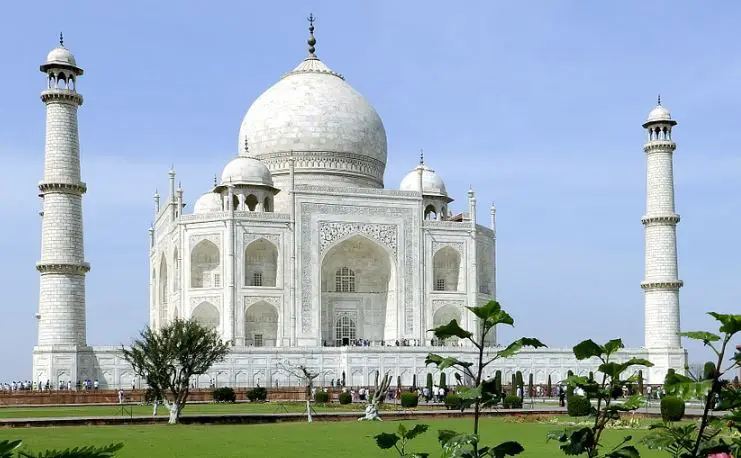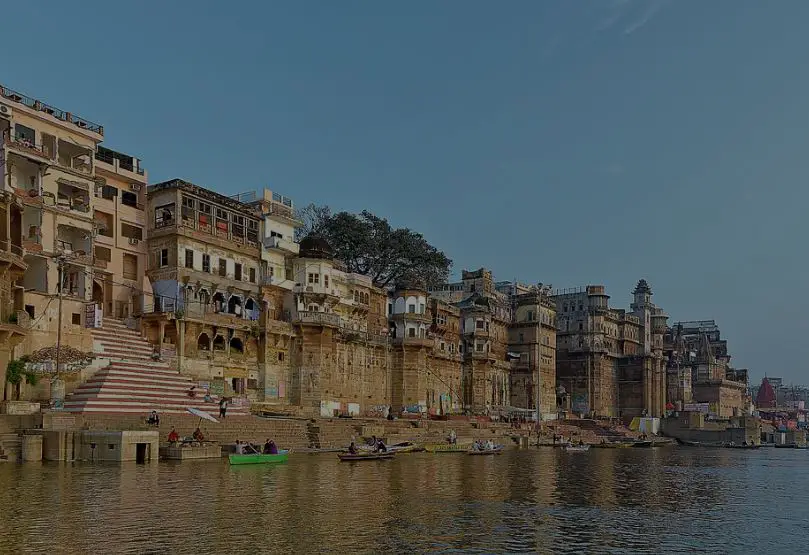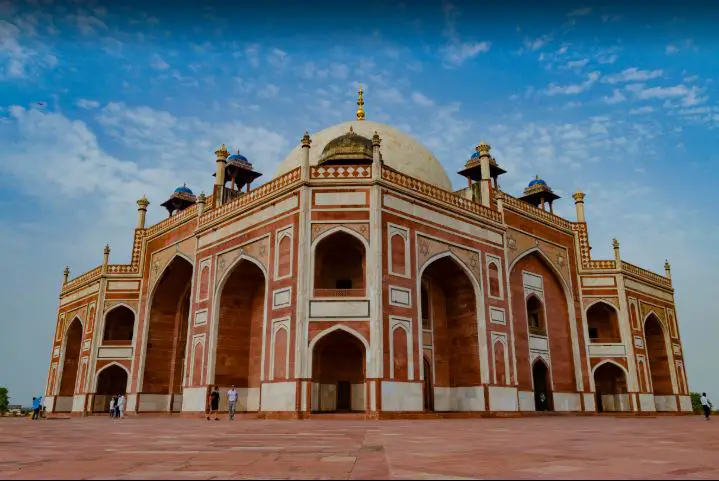What are the major Ayurvedic texts and practices?
Post ByAdequate Travel
Summary
Ayurveda is an ancient holistic healthcare system from India, offering a wealth of insights and techniques for improving our health and well-being. In this blog, we'll explore the major Ayurvedic texts and practices, as well as the principles and beliefs that inform them. Whether you're a beginner or have already started your Ayurvedic journey, this post is sure to provide you with valuable insights! Travellers can find valuable travel information for tourists, such as local customs, must-see attractions, and dining recommendations, to make the most of their trip.Ayurvedic Texts
The major Ayurvedic texts are ancient Indian scriptures that form the foundation of the Ayurvedic system. They provide comprehensive knowledge about various aspects of Ayurveda, including principles, practices, and treatments.1. Charaka Samhita:
The Charaka Samhita, written by Charaka, is one of the oldest and most important Ayurvedic texts. It covers a wide range of topics including physiology, diagnosis, and treatment of various diseases. It also emphasizes the importance of preventive medicine and maintaining a balanced lifestyle.
2. Sushruta Samhita:
The Sushruta Samhita, authored by Sushruta, is an extensive text that primarily focuses on surgical techniques. It includes detailed descriptions of various surgical procedures, anatomy, and diseases. It is considered the foundation of surgical practices in Ayurveda.
3. Ashtanga Hridaya:
Ashtanga Hridaya, written by Vagbhata, is a concise and practical text that combines information from both the Charaka and Sushruta Samhitas. It provides a systematic approach to Ayurvedic diagnosis, treatment, and herbal medicine. Ashtanga Hridaya is widely followed in many Ayurvedic institutions.
Ayurvedic Practices
Ayurvedic practices encompass a wide range of techniques and natural remedies that aim to promote wellness, prevent diseases, and restore balance in the body.1. Panchakarma:
Panchakarma is a set of detoxification procedures that eliminate toxins from the body. These procedures include therapies like Vamana (emesis), Virechana (purgation), Basti (enema), Nasya (nasal administration), and Raktamokshana (bloodletting). Panchakarma is commonly used for rejuvenation and deep cleansing.
2. Ayurvedic Diet:
The Ayurvedic diet focuses on balancing the three doshas (vata, pitta, and kapha) by consuming appropriate foods according to an individual's constitution. It emphasizes the use of fresh, organic, and seasonal ingredients for optimal health and digestion.
3. Herbal Remedies:
Ayurveda utilizes a wide range of herbs and herbal formulations to treat various ailments. These remedies are prepared by considering the individual's constitution, symptoms, and specific health condition. Common herbs used in Ayurvedic treatments include turmeric, ginger, ashwagandha, and triphala.
4. Yoga and Meditation:
Yoga and meditation are integral parts of Ayurveda. Yoga postures (asanas), breathing exercises (pranayama), and meditation techniques help balance the mind, body, and spirit. They promote relaxation, reduce stress, and improve overall well-being.
Overall, Ayurvedic texts and practices provide a holistic approach to health and wellness, considering the physical, mental, and spiritual aspects of an individual. They aim to restore and maintain balance in the body, allowing for optimal health and longevity.Before embarking on your journey to india, make sure to check the latest travel guidelines and entry requirements to ensure a smooth tripSuggested Questions
- Lambi Dehar Mines, Mussoorie, Uttarakhand: Horror Story, History & Paranomial Activities
- Savoy Hotel, Mussoorie, Uttarakhand: Horror Story, History & Paranomial Activities
- Agrasen Ki Baoli, Delhi: Horror Story, History & Paranomial Activities
- D'Souza Chawl, Mumbai, Maharashtra: Horror Story, History & Paranomial Activities
- Mukesh Mills, Mumbai, Maharashtra: Horror Story, History & Paranomial Activities
- Writers' Building, Kolkata, West Bengal: Horror Story, History & Paranomial Activities









